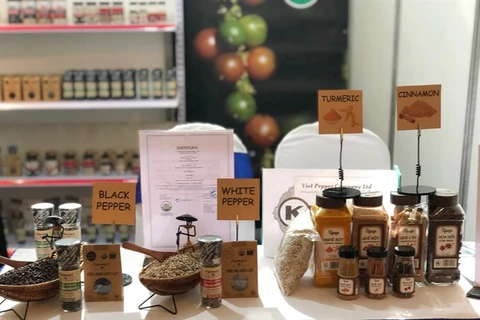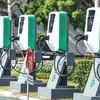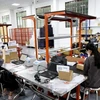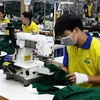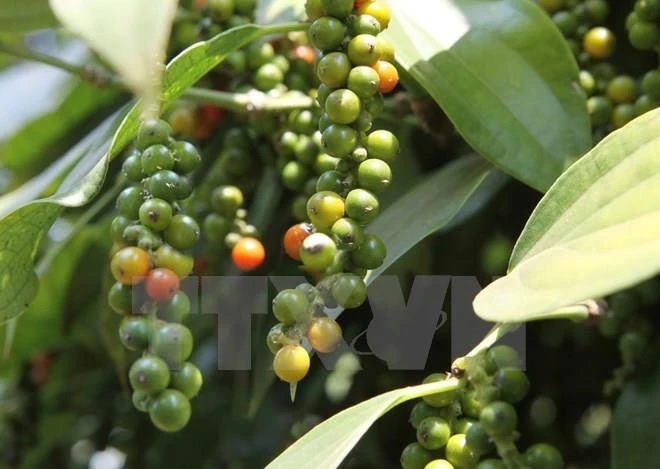
Hanoi (VNA) – The Ministry of Agricultural and Rural Development is working with localities to examine the development of pepper farming with a view to designing a sustainable growth orientation for the sector between now and 2030.
Pepper cultivation in Vietnam boomed between 2001 and 2017, with the total plantation increasing from 35,300 to more than 151,900 ha. The 2017 figure was far exceeding the ministry’s plans of having 50,000 ha nationwide by 2020.
The hot growth was driven by good peppercorn prices, which prompted farmers to expand their farms and use growth promoting substances and pesticides to boost yield. When the prices dropped, the farming area also shrank to 149,800 ha in 2018, and was estimated to hit 140,000 ha this year.
Based on Vietnam’s conditions and global demand, the ministry envisions that the area of pepper farming should be kept at around 100,000 – 120,000 ha, with output estimated at 237,000 – 256,000 tonnes.
As such, a total of 70,000 ha will need to be replanted between 2017 and 2030, mostly in key pepper production hubs in the Central Highlands and the southeastern region.
The ministry said pepper cultivation remains unsustainable due to the rapid expansion of plantations, particularly in areas unsuitable for the tree, during the period of high prices, and the lack of effective measures to control diseases affecting the tree.
In addition to reduce the total farming area, it recommended the sector follow sustainable intensive farming and good agricultural practices for improved quality and food safety. This could help Vietnamese peppercorns to engage deeper in the global farm produce distribution chains.
The ministry also asked the sector to build cooperative models that link businesses and farmers in production, processing, and product origin tracking.-VNA
VNA


